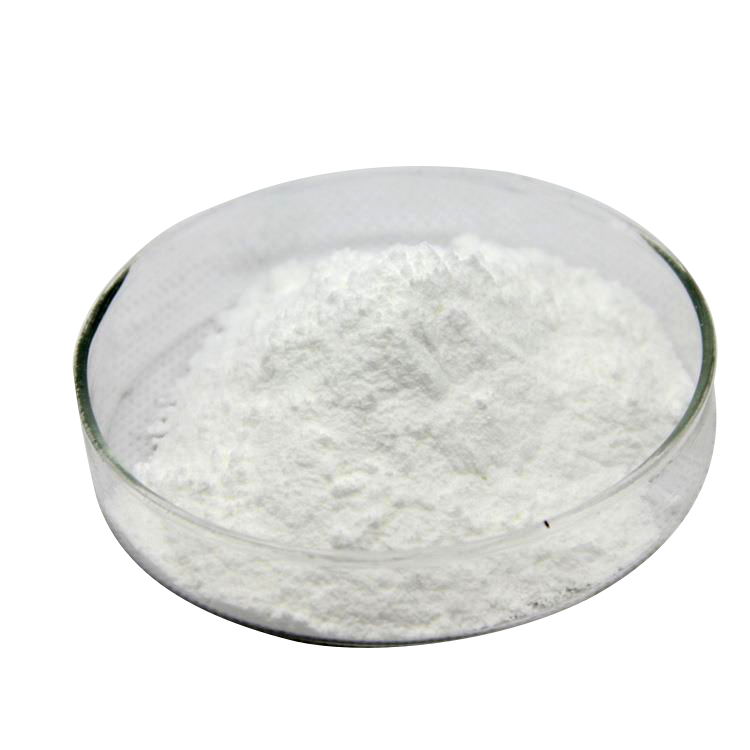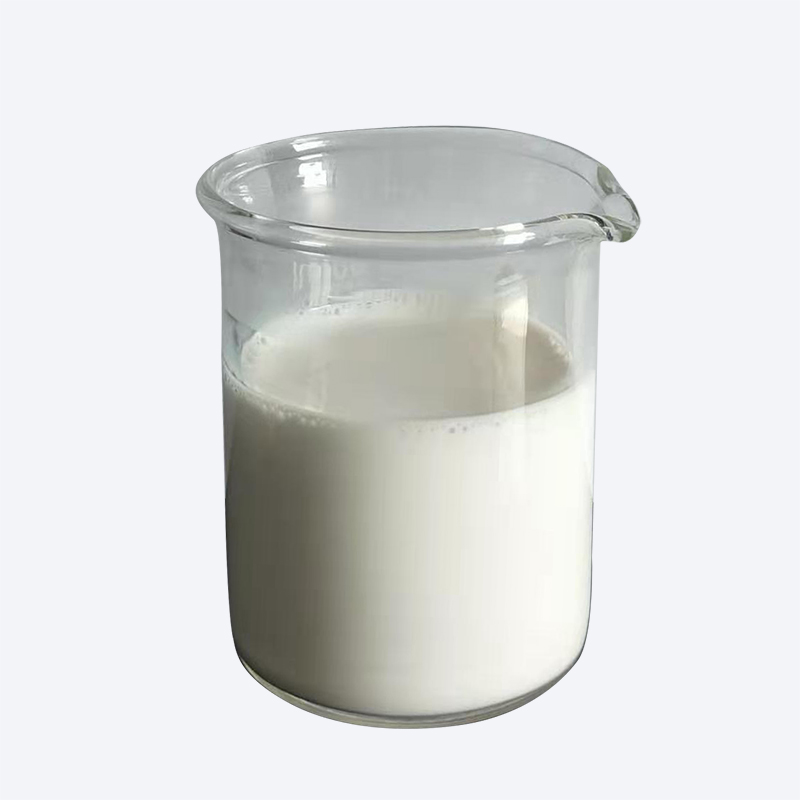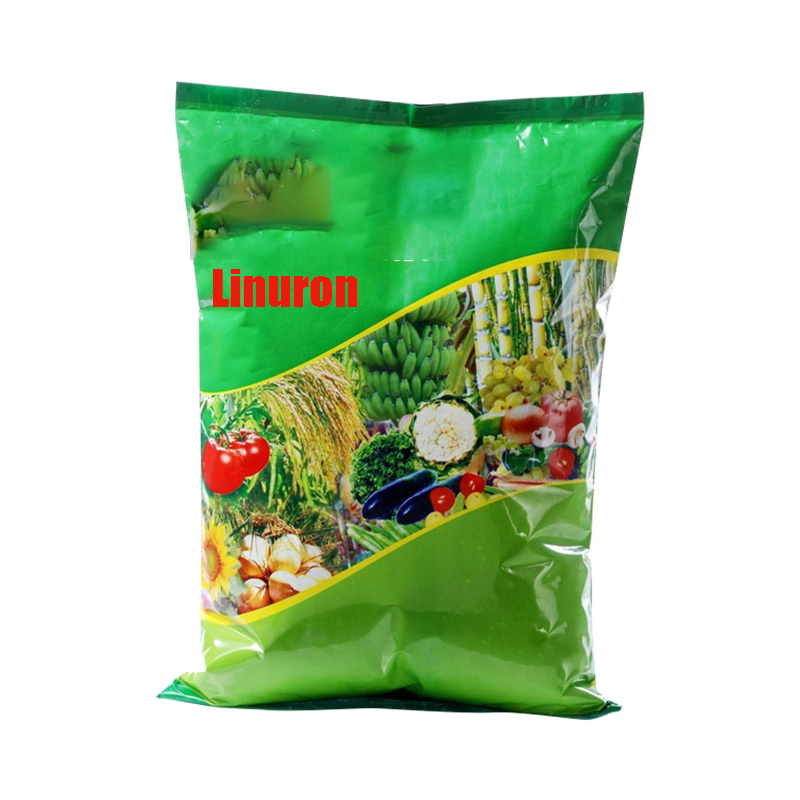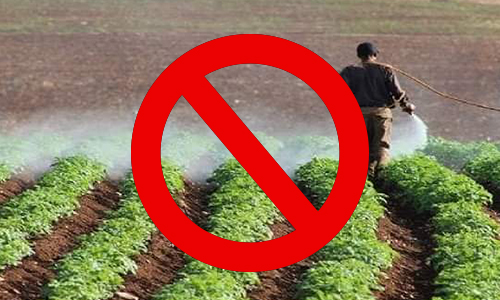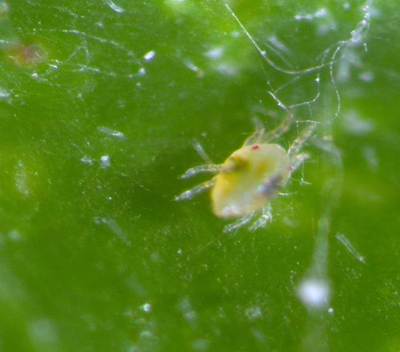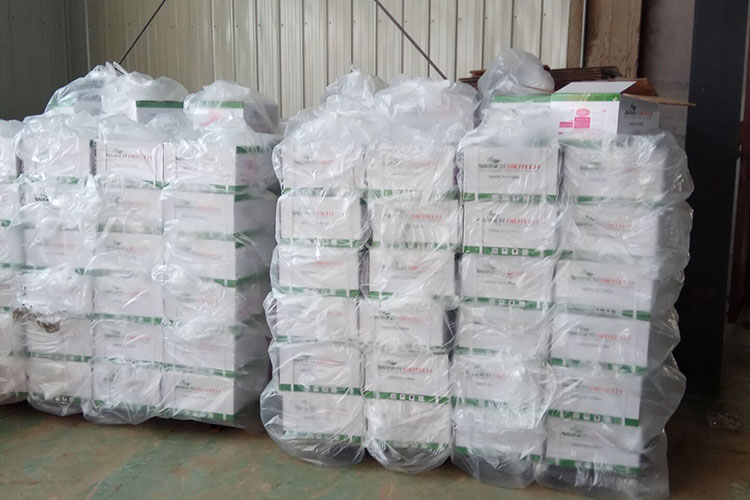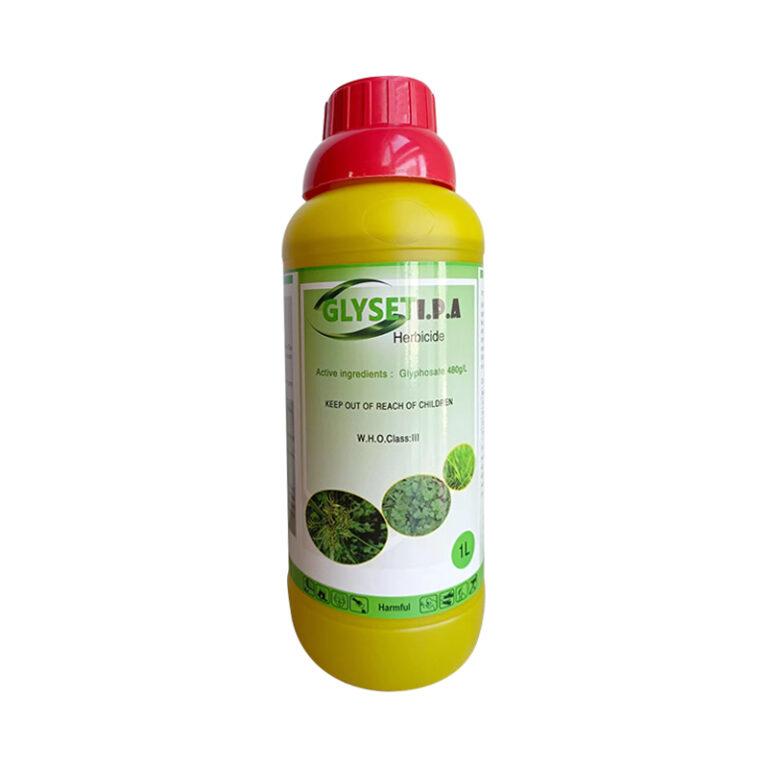Linuron Herbicide
Linuron is a selective herbicide that effectively controls weeds during the pre-emergence and early post-emergence stages. As a member of the phenylurea group, it delivers broad-spectrum control against annual grasses and broadleaf weeds. Farmers frequently use Linuron in vegetable crops and row crops, where it supports efficient weed management.
Mechanism of Action:
Linuron enters the target plants through both roots and leaves. It inhibits photosynthesis by disrupting electron transport in photosystem II. As a result, the weed loses its ability to produce energy, and its cells begin to deteriorate. Over time, this leads to the plant’s death.Moreover, its dual entry route ensures rapid and effective absorption under field conditions.
Target Weeds:
Pigweed (Amaranthus spp)、Lambsquarters (Chenopodium album)、Purslane (Portulaca oleracea)、Foxtails (Setaria spp.)
Recommended Crops:
Carrots、Potatoes、Celery、Parsnips、Asparagus、Soybeans、Corn (Maize)
Application Guidelines:
1.For optimal results, apply Linuron when soil is moist and temperatures are warm. Use it before weed emergence or when weeds are still small.
2.Dosage typically ranges from 0.5 to 1.5 kg of active ingredient per hectare, depending on soil type and crop.
3. Linuron may be applied alone or in combination with other herbicides in tank mixtures.
4.Always consult local regulations to determine appropriate rates and application timing.
Advantages:
- Provides broad-spectrum weed control
- Delivers a long-lasting residual effect
- Reduces manual and mechanical weeding costs
- Compatible with many other herbicides
Formulation Features:
50% WP (Wettable Powder): Ideal for pre-emergence use. It disperses easily in water and remains stable in solution.
50% SC (Suspension Concentrate): Offers easy handling and application. It forms a uniform suspension and minimizes dust exposure.
Precautions and Safety:
1.While Linuron is effective, it also poses risks to aquatic ecosystems. Therefore, avoid application near water bodies.
2.Wear appropriate protective equipment when mixing and spraying.
3.Do not combine Linuron with strong acids or bases, as this may affect product stability and safety.


